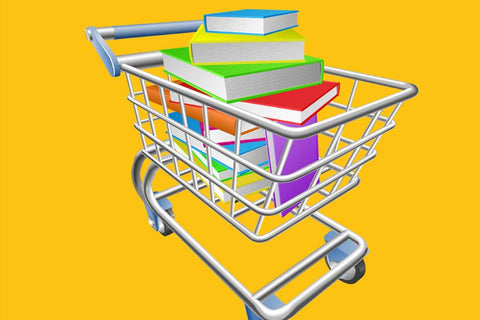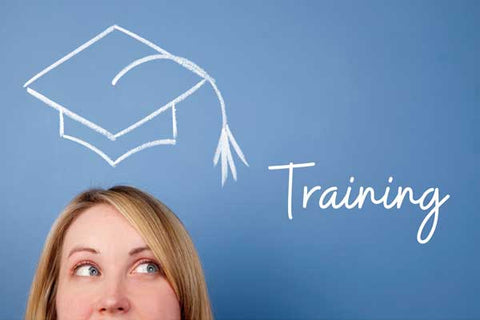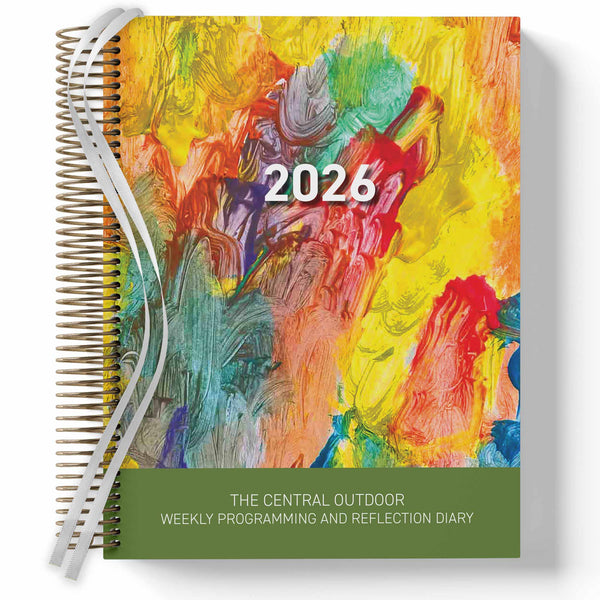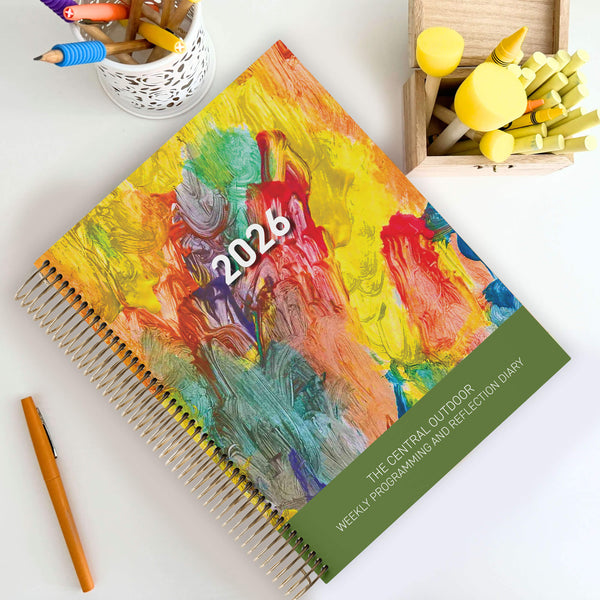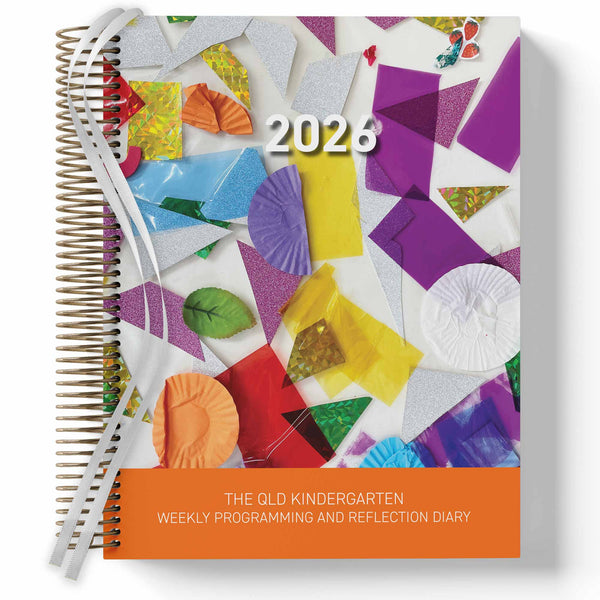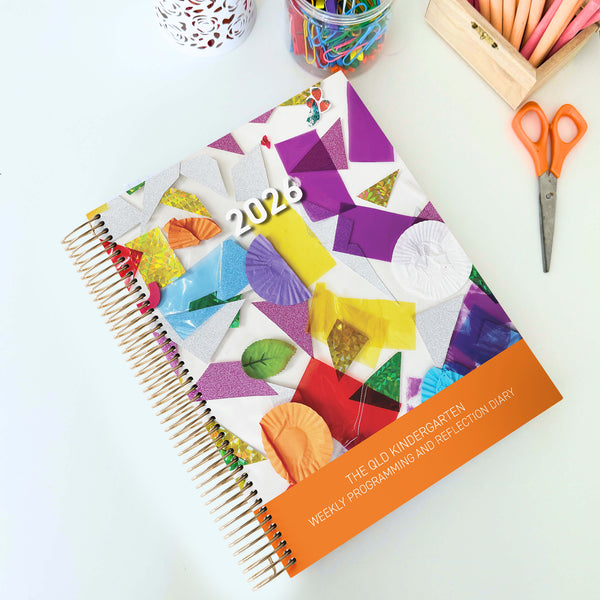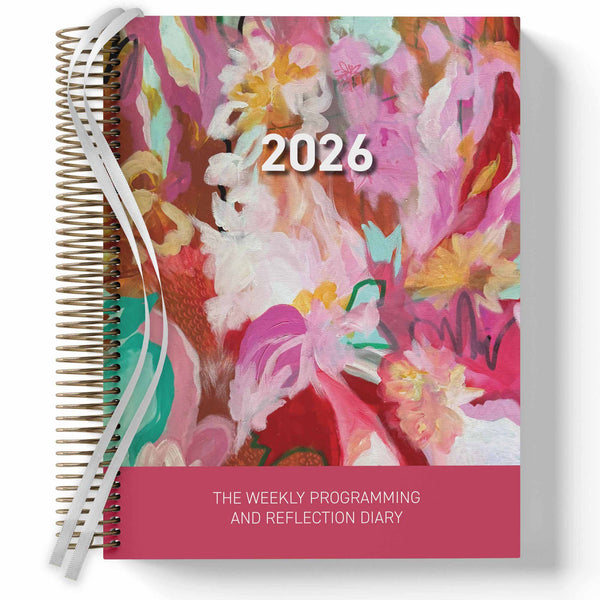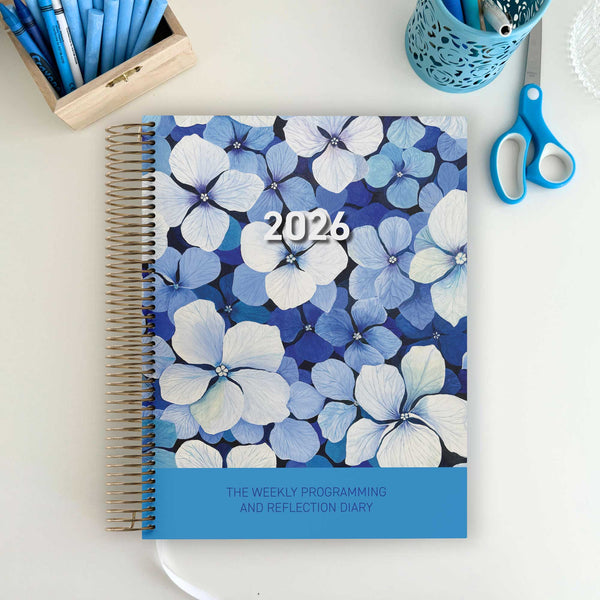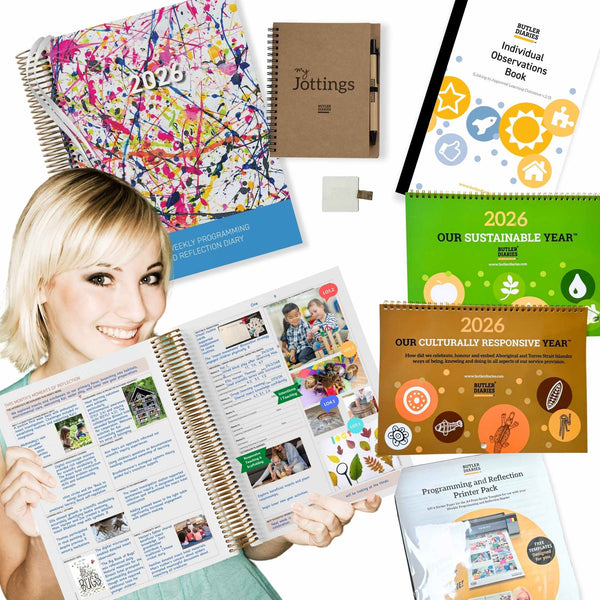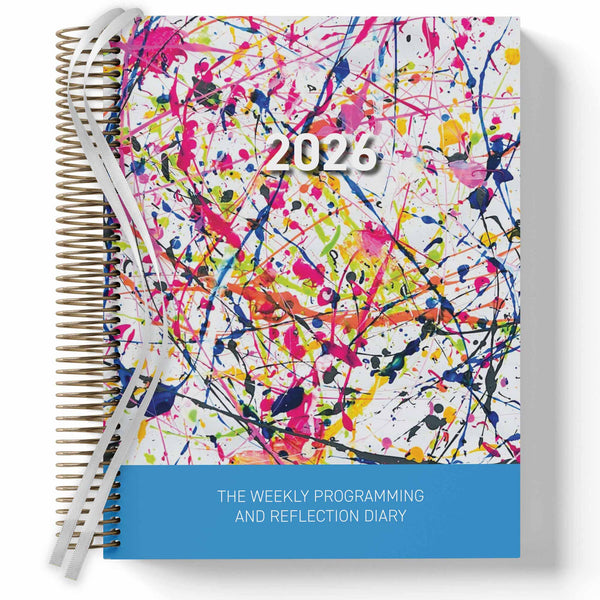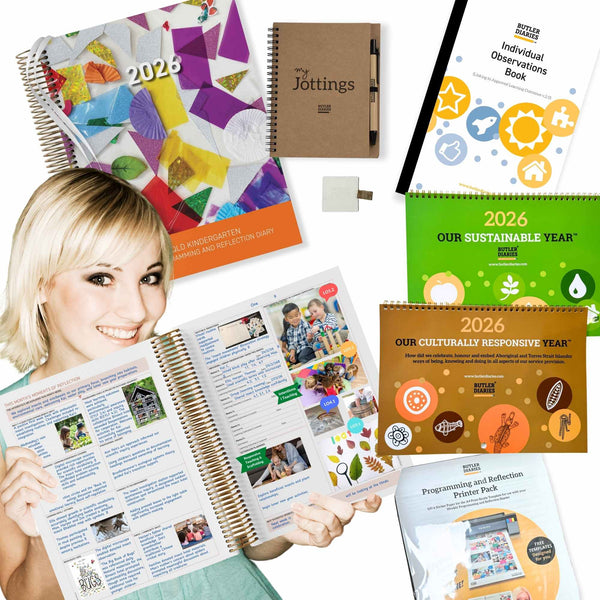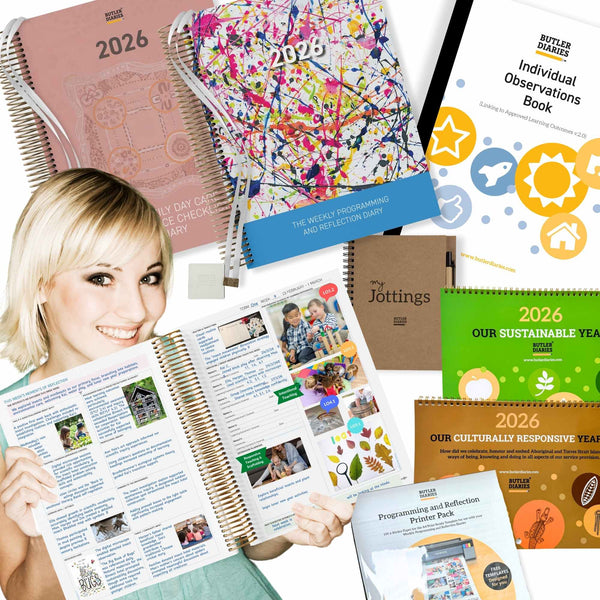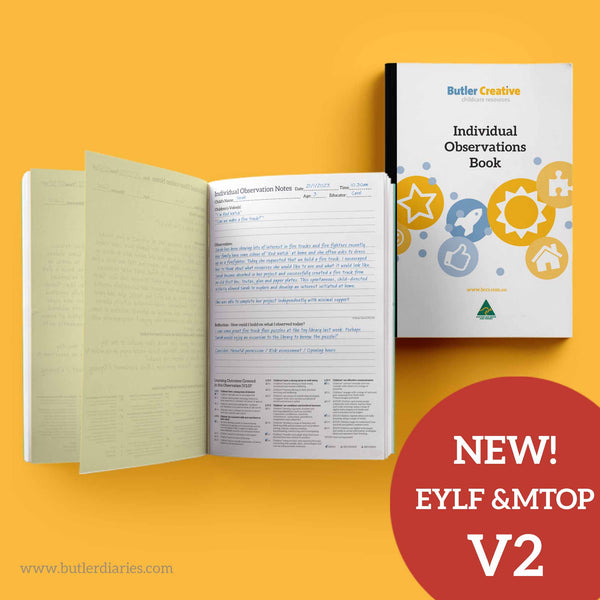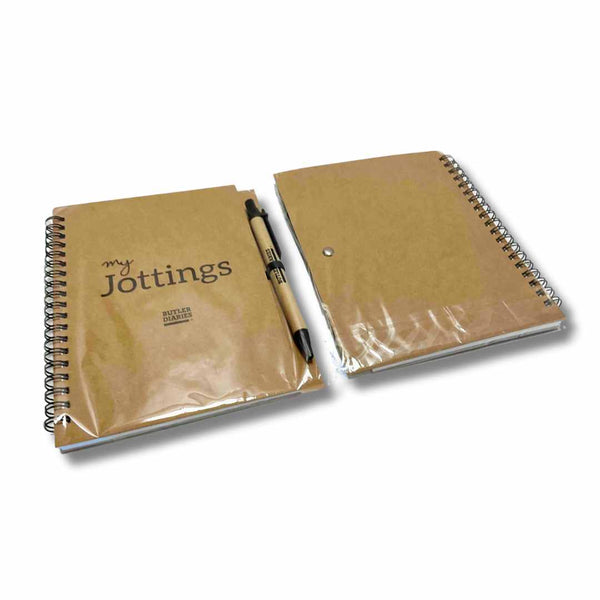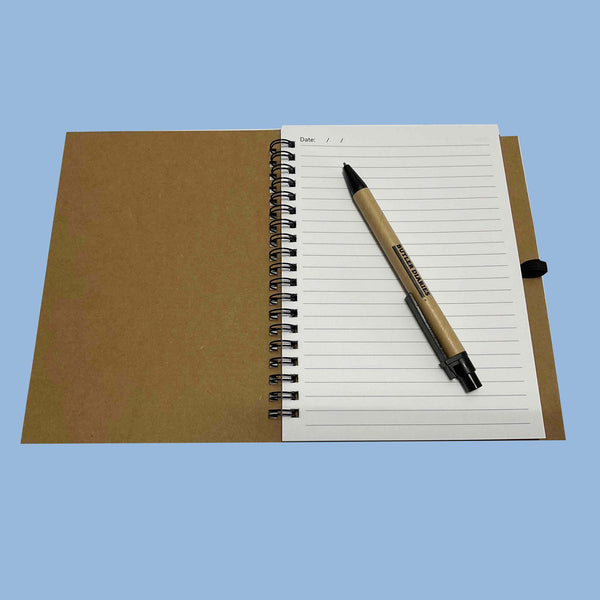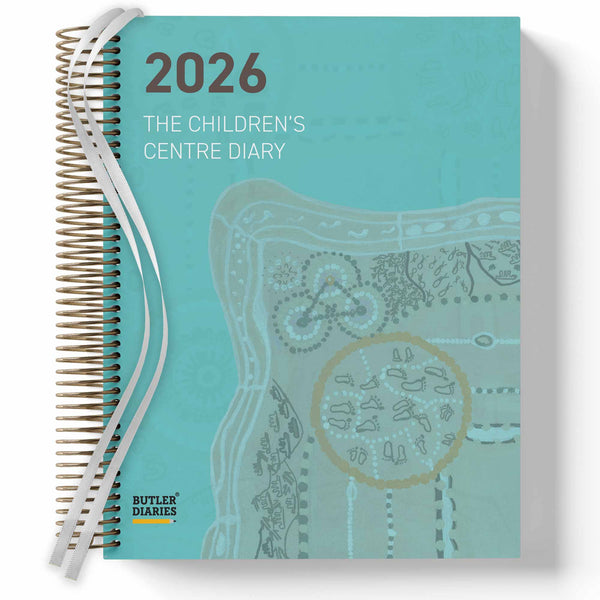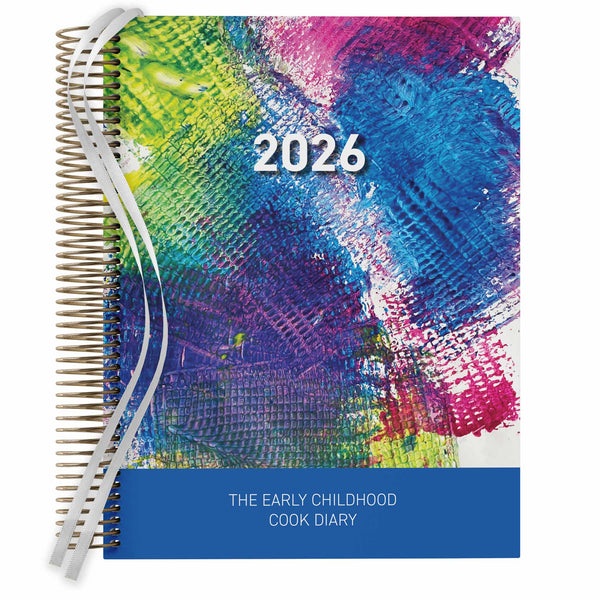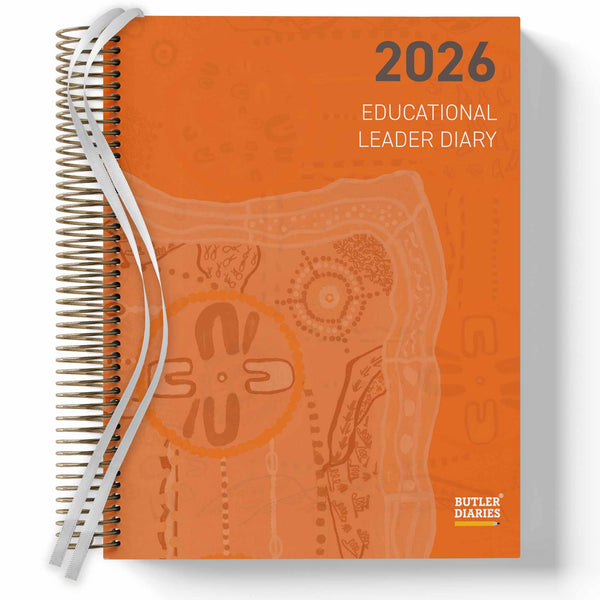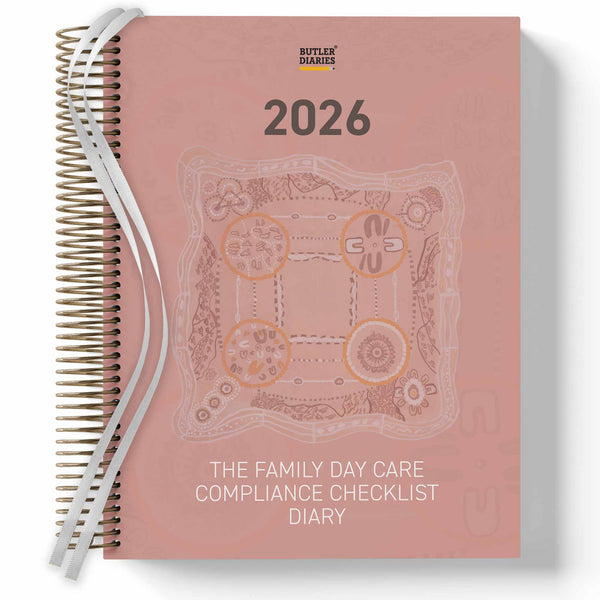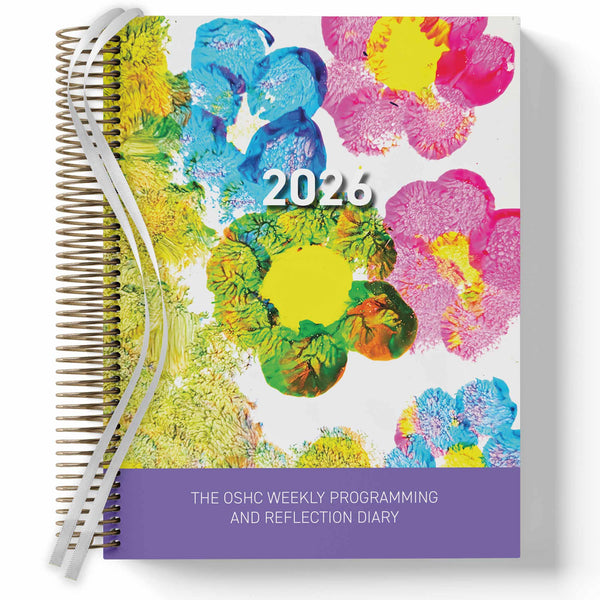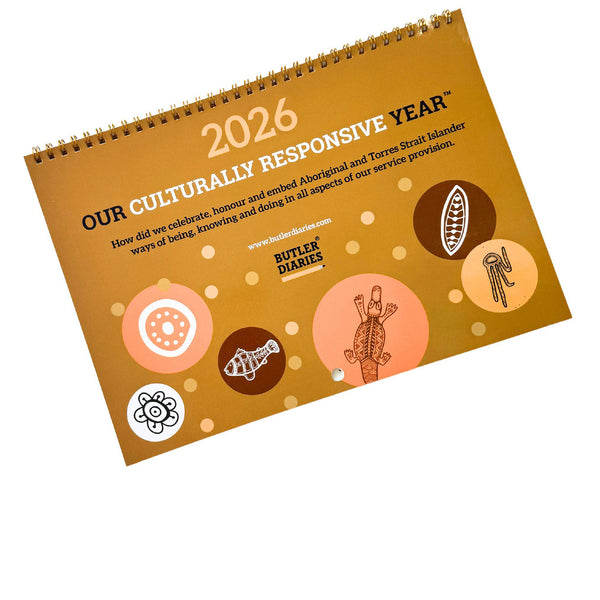In our blog, 'Tips for Programming for Babies in the Weekly Programming and Reflection Diaries' we discuss how to adjust your program for babies and one of our tips was understanding that not all boxes in your program need to be filled every day. Here is an example program of activities for babies and includes which box it would program under in your Weekly Programming and Reflection Diary, links to EYLF and the description you need to replicate the experience.
Monday
Stories/Songs
-
Activity: Peek-a-Boo Story Time
- EYLF Outcome 5: Children are effective communicators.
- Materials: Board books with flaps, cloth.
- Description: Read a board book with flaps to the babies, encouraging them to lift the flaps to discover hidden images. Integrate a game of peek-a-boo using a cloth to engage them further. This activity supports language development and a sense of excitement about reading.
Outdoor Experiences
-
Activity: Nature Walk and Exploration
- EYLF Outcome 2: Children are connected with and contribute to their world.
- Materials: Baby strollers or carriers, natural items to explore (e.g., leaves, flowers).
- Description: Take the babies on a gentle nature walk around the childcare centre’s garden or outdoor area. Let them touch and explore safe natural items. This activity helps them connect with the natural environment and develop sensory awareness.
Role Play/Sensory/Mindfulness
-
Activity: Bubble Play
- EYLF Outcome 3: Children have a strong sense of wellbeing.
- Materials: Bubble solution, bubble wand.
- Description: Blow bubbles for the babies to watch, reach for, and pop. This simple activity provides visual stimulation and encourages movement and coordination.
Tuesday
Art/Craft/Cooking
-
Activity: Sensory Bottle Creation
- EYLF Outcome 4: Children are confident and involved learners.
- Materials: Clear plastic bottles, water, glitter, food colouring, small objects (e.g., beads).
- Description: Create sensory bottles with the babies by filling clear plastic bottles with water, glitter, food colouring, and small objects. Seal the bottles securely and let babies shake and explore them. This activity promotes sensory exploration and fine motor skills.
Stories/Songs
-
Activity: Gentle Lullabies and Finger Puppets
- EYLF Outcome 1: Children have a strong sense of identity.
- Materials: Soft music, finger puppets.
- Description: Sing gentle lullabies while using finger puppets to engage the babies. This helps in developing their sense of security and belonging.
Group Learning
-
Activity: Circle Time with Mirrors
- EYLF Outcome 1: Children feel safe, secure, and supported.
- Materials: Unbreakable mirrors.
- Description: Sit in a circle with the babies and unbreakable mirrors. Encourage them to look at themselves and each other in the mirrors. This helps build self-awareness and social connections as they see their reflections and those of their peers.
Wednesday
Role Play/Sensory/Mindfulness
-
Activity: Soft Toy Play
- EYLF Outcome 1: Children feel safe, secure, and supported.
- Materials: Soft toys, blankets.
- Description: Provide soft toys and blankets for the babies to cuddle and play with. Encourage gentle interactions and role-play scenarios like putting the toys to bed. This fosters a sense of security and empathy.
Art/Craft/Cooking
-
Activity: Edible Finger Painting
- EYLF Outcome 4: Children are confident and involved learners.
- Materials: Edible finger paint (yoghurt mixed with food colouring), large sheets of paper.
- Description: Let babies explore textures and colours by finger painting with edible paint. This sensory activity encourages exploration and creativity in a safe way.
Outdoor Experiences
-
Activity: Water Play
- EYLF Outcome 2: Children are connected with and contribute to their world.
- Materials: Shallow tubs of water, floating toys, cups.
- Description: Set up shallow tubs of water with floating toys and cups for the babies to splash and play with. This activity introduces basic concepts of cause and effect and encourages sensory exploration.
Thursday
Group Learning
-
Activity: Group Music Time
- EYLF Outcome 5: Children are effective communicators.
- Materials: Musical instruments (e.g., tambourines, shakers), recorded songs.
- Description: Have a group music session where babies can play simple instruments along with recorded songs. Encourage them to move and make sounds with the instruments. This promotes social interaction and early musical awareness.
Role Play/Sensory/Mindfulness
-
Activity: Sensory Bag Exploration
- EYLF Outcome 1: Children feel safe, secure, and supported.
- Materials: Ziplock bags, hair gel, small toys (e.g., plastic animals), glitter.
- Description: Fill ziplock bags with hair gel, small toys, and glitter. Seal them securely and let babies squish and explore the bags. This activity supports sensory development and a sense of curiosity.
Stories/Songs
-
Activity: Puppet Storytelling
- EYLF Outcome 5: Children are effective communicators.
- Materials: Hand puppets, simple storybook.
- Description: Use hand puppets to tell a simple story from a book. Move the puppets in sync with the story to engage the babies visually and auditorily. This activity helps develop listening skills and a love for stories.
Friday
Outdoor Experiences
-
Activity: Tummy Time Outdoors
- EYLF Outcome 3: Children have a strong sense of wellbeing.
- Materials: Soft outdoor blankets, toys.
- Description: Set up a comfortable area outside with soft blankets and toys. Allow babies to have tummy time outdoors, encouraging them to reach for toys and explore their environment. This supports physical development and a connection to the outdoor world.
Group Learning
-
Activity: Baby Sign Language
- EYLF Outcome 5: Children are effective communicators.
- Materials: Visual aids for simple signs (e.g., milk, more, eat, sleep).
- Description: Introduce simple baby sign language during group time. Use visual aids and repetition to help babies understand and start using signs. This enhances their communication skills and helps them express their needs.
Art/Craft/Cooking
-
Activity: Fruit and Vegetable Stamping
- EYLF Outcome 4: Children are confident and involved learners.
- Materials: Various fruits and vegetables (e.g., apples, potatoes), non-toxic paint, paper.
- Description: Cut the fruits and vegetables into halves, dip them in non-toxic paint, and let the babies stamp them onto paper. This introduces them to new textures and colours while engaging their fine motor skills.
